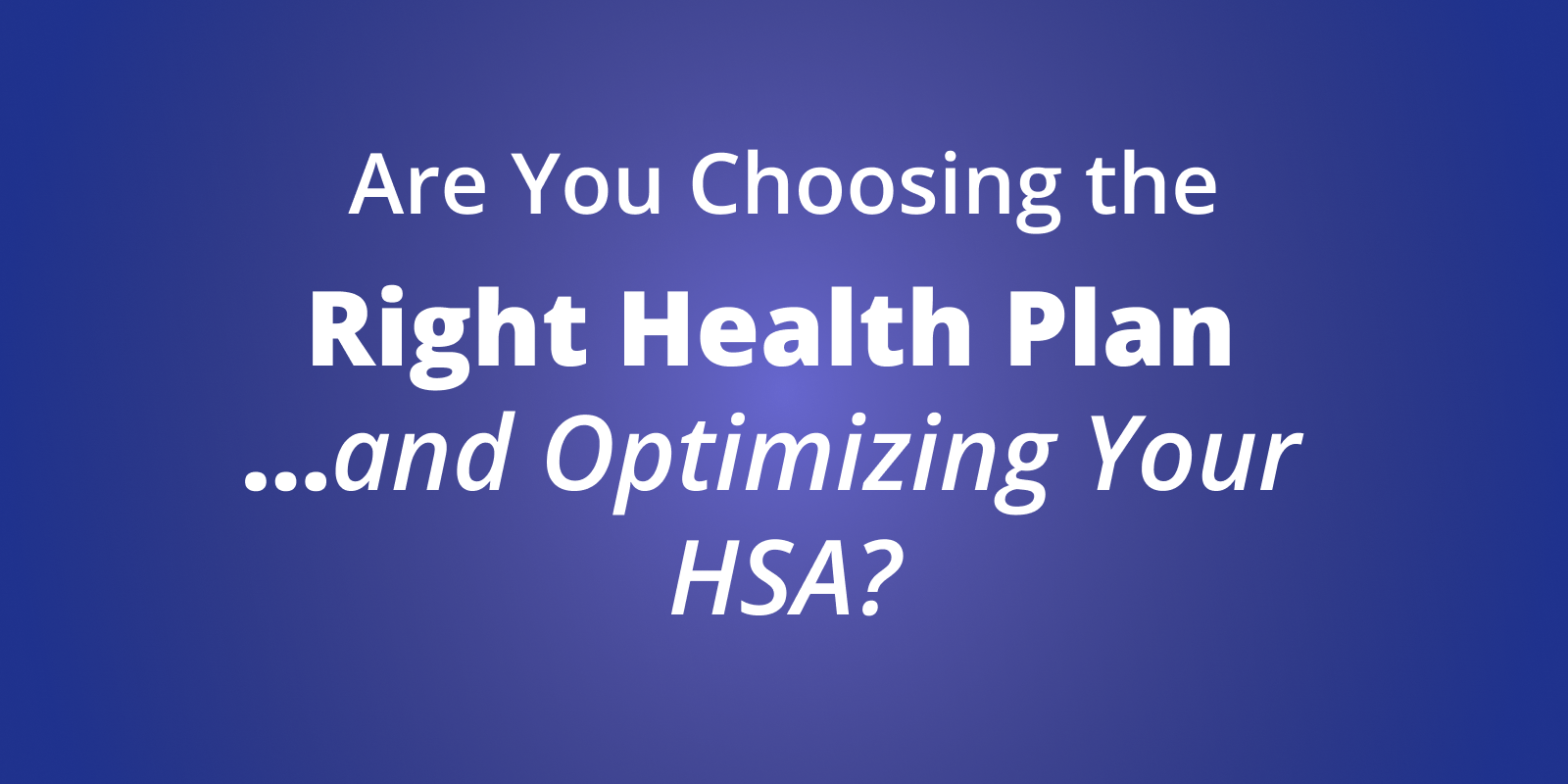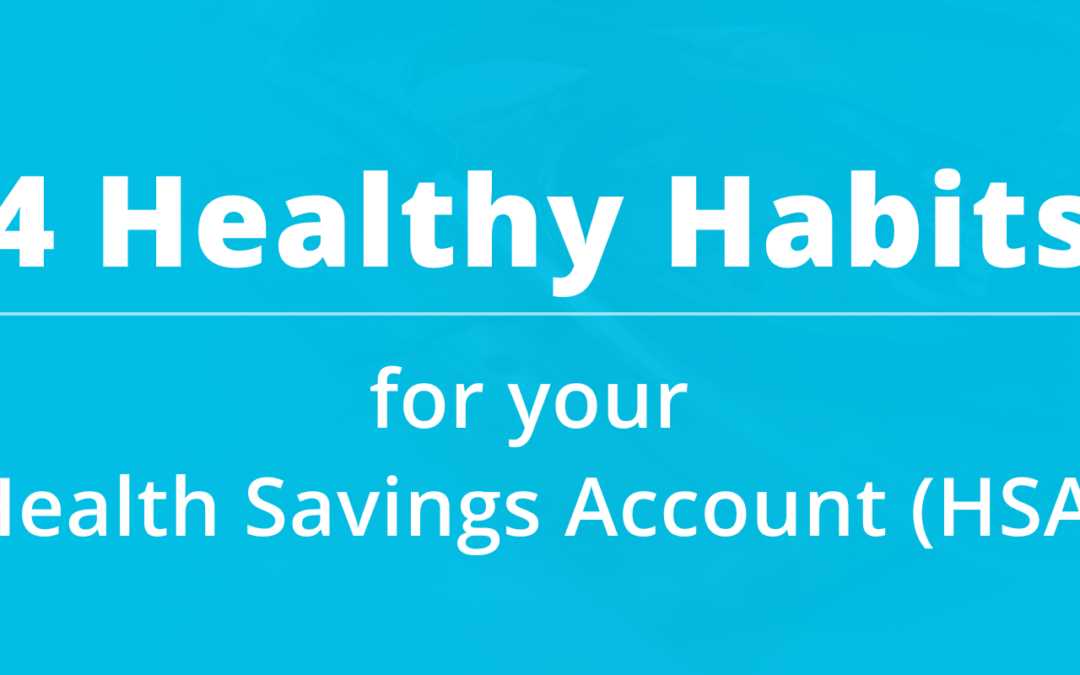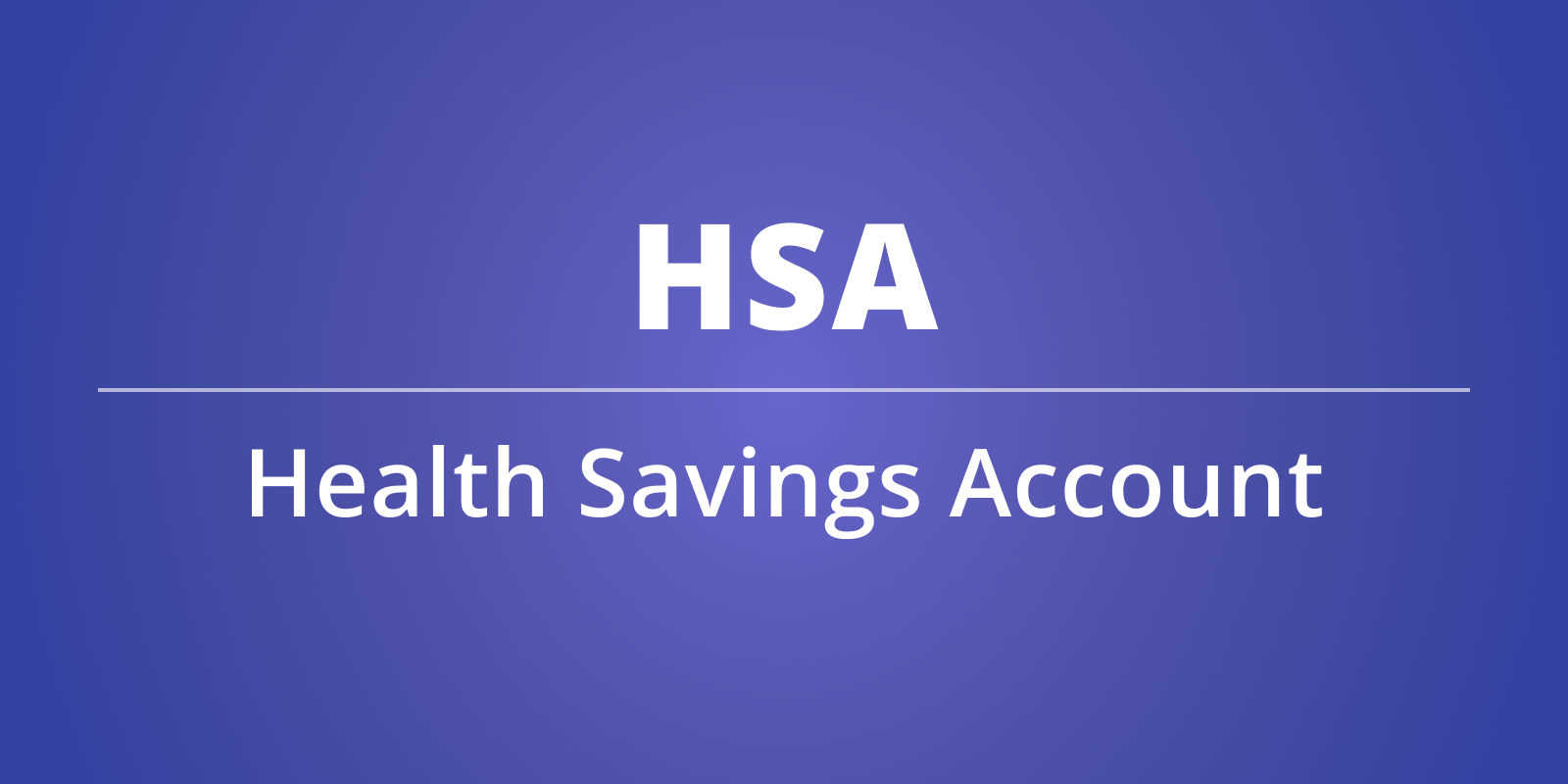Switching to a High Deductible Health Plan (HDHP) can be scary. But you could be better off with your employer’s High Deductible Plan, or as we like to call them, “lower-premium plans,” paired with an HSA versus the traditional health plan. Determining the difference is about understanding the costs, coverage, risks, and tax benefits of the HSA.
High Deductible Health Plans (HDHP) generally offer significantly lower monthly premiums than traditional plans because you’re taking on more risk with higher deductibles. The Health Savings Account (HSA) that goes with an HDHP is a great tool to cover that risk and can also fund post-retirement healthcare expenses. Remember, Medicare doesn’t cover everything!
When used correctly, HSA contributions, investment earnings, and distributions can all be completely tax-free. HSA accounts have even better tax advantages than a 401(k), IRA, or Roth account.
So how do you do it?
Optimize your HSA by following these guidelines:
1. First, contribute enough money to your 401(k) to receive your maximum employer match. That’s free money, and you need to contribute X% of your pay annually to collect it all.
2. You saved money by choosing the HSA-eligible High Deductible Health Plan! Now, figure out how much and contribute that amount to your HSA…and if you can afford it, make additional contributions up to the annual HSA maximum allowed.
3. If you still can afford to save more, go back to your 401(k) and contribute up to the annual maximum you have left.
4. Based upon your age and risk tolerance, invest your 401(k) for growth.
5. For investing your HSA dollars, first determine your maximum risk in your health plan. This will be your “Maximum Out-of-Pocket” for the year. Always keep enough money in your HSA’s safest investment option to cover this annual risk.
6. Based upon your age and risk tolerance, invest any excess HSA money in your account for growth to pay for health care expenses in retirement tax-free.








